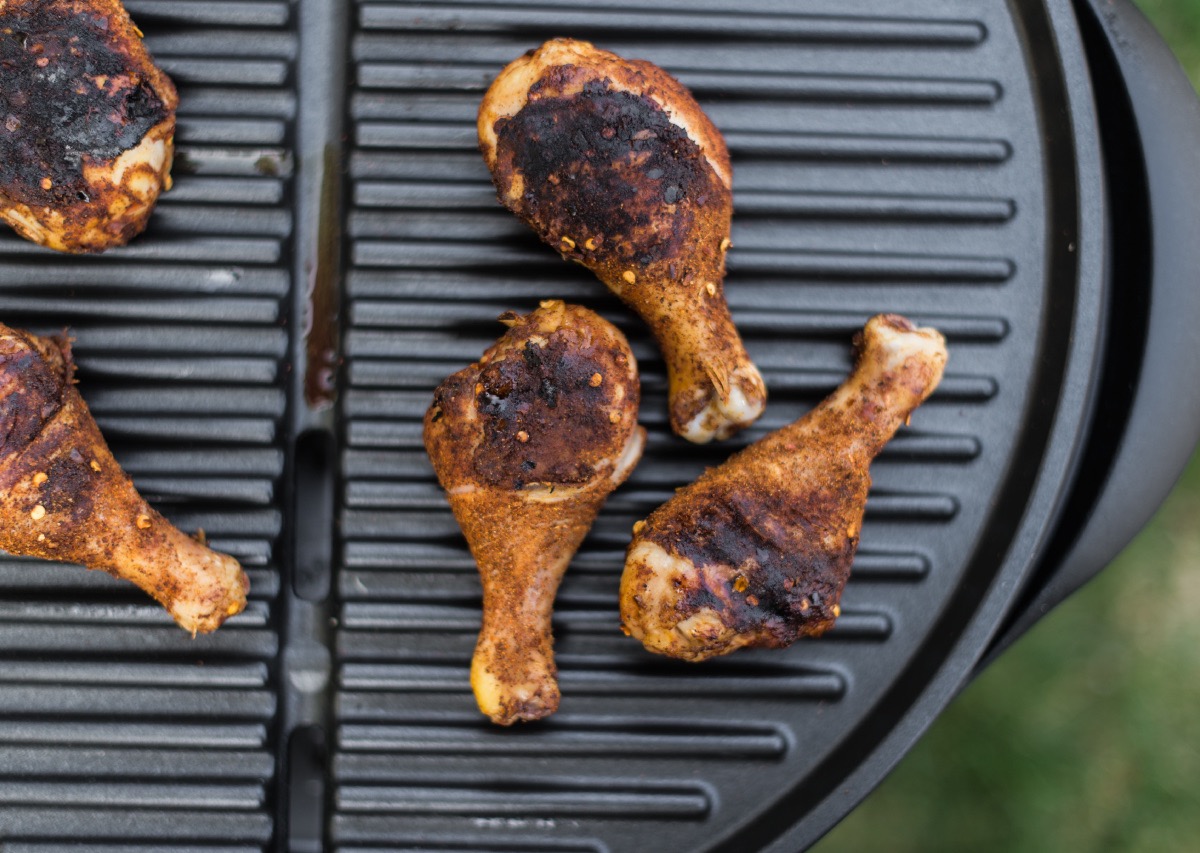

Articles
How To Cook On A George Foreman Grill
Modified: May 6, 2024
Learn how to cook delicious meals on a George Foreman grill with these helpful articles. Discover tips, recipes, and techniques for perfect grilling every time.
(Many of the links in this article redirect to a specific reviewed product. Your purchase of these products through affiliate links helps to generate commission for Storables.com, at no extra cost. Learn more)
Introduction
The George Foreman Grill has become a popular kitchen appliance that is loved by many home cooks. This versatile grill offers a convenient and efficient way to cook delicious and healthy meals. Whether you are a busy professional, a college student, or simply someone who enjoys cooking, the George Foreman Grill can be a game-changer in your kitchen.
With its unique design and features, the George Foreman Grill allows you to cook a variety of foods, from juicy steaks and burgers to vegetables and even breakfast items. Its compact size makes it perfect for small kitchens and ideal for those who are short on time but still want to enjoy home-cooked meals.
In this article, we will explore the benefits of cooking on a George Foreman Grill, learn how to properly prepare the grill for cooking, discover useful tips and tricks, explore some delicious recipes to try, and understand how to clean and maintain the grill for long-lasting use.
So, whether you are a seasoned George Foreman Grill user or new to the appliance, get ready to elevate your cooking game and discover the joys of cooking on a George Foreman Grill.
Key Takeaways:
- Elevate your cooking game with the George Foreman Grill, enjoying healthier, quicker, and more convenient meals. Experiment with versatile recipes and savor the year-round grilling experience indoors.
- Keep your George Foreman Grill in top condition for years of delicious meals. Follow cleaning and maintenance tips to ensure optimal performance and longevity, making it a valuable kitchen addition.
Benefits of Cooking on a George Foreman Grill
There are numerous advantages to cooking on a George Foreman Grill that make it a must-have appliance in your kitchen. Let’s explore some of the key benefits:
- Healthy Cooking: One of the biggest advantages of using a George Foreman Grill is that it allows for healthier cooking. The grill is designed to drain excess fat from your food, making it a leaner option compared to traditional cooking methods. The sloping surface and grooves on the grill plates help channel the fat away from the food, resulting in a healthier and lower-fat final dish.
- Quick and Efficient: The George Foreman Grill heats up quickly and cooks food faster than many other cooking methods. The combination of the grill plates and the electric cooking element ensures even heat distribution, resulting in perfectly cooked food in a fraction of the time compared to conventional grills or stovetop cooking.
- Versatility: The George Foreman Grill is incredibly versatile and can be used to cook a wide range of food items. From meats and poultry to vegetables and even sandwiches, you can experiment with different recipes and create a variety of dishes using this one appliance. It’s like having a compact and efficient grill right on your countertop.
- Convenience: Cooking on a George Foreman Grill is incredibly convenient. The appliance is easy to use, with simple controls and intuitive features. It doesn’t require constant monitoring, allowing you to multitask in the kitchen or attend to other tasks while your food cooks. Additionally, the grill plates are non-stick, making it easy to remove food and clean up afterwards.
- Indoor Grilling: With a George Foreman Grill, you can enjoy the experience of grilling year-round, regardless of the weather. Whether it’s raining, snowing, or too hot outside, you can still achieve that perfect grill marks and delicious smoky flavor with this indoor grill. It’s a great option for those who don’t have access to an outdoor grill or prefer the convenience of grilling indoors.
These are just a few of the many benefits of cooking on a George Foreman Grill. The combination of healthy cooking, speed, versatility, convenience, and the ability to grill indoors make it an excellent addition to any kitchen.
Preparing the George Foreman Grill
Before you start cooking on your George Foreman Grill, it is essential to properly prepare the grill. Follow these steps to ensure that your grill is clean and ready for use:
- Clean the Grill Plates: Start by ensuring that the grill plates are clean. Remove any residue from previous cooking sessions by gently scrubbing the plates with a damp cloth or sponge. If the plates are removable, you can also wash them with warm soapy water and let them air dry before placing them back onto the grill.
- Preheat the Grill: Plug in the George Foreman Grill and preheat it according to the manufacturer’s instructions. This step is crucial to ensure even cooking and to achieve those beautiful grill marks on your food. Preheating the grill also helps with the overall cooking time.
- Season the Grill Plates (optional): Some users like to season their grill plates before cooking, especially if they are brand new or have been recently cleaned. You can lightly brush some cooking oil onto the grill plates using a silicone brush or a paper towel. This helps prevent sticking and makes it easier to remove the food once it’s cooked.
- Adjust the Temperature: Most George Foreman Grills have an adjustable temperature control dial or knob. Set the temperature according to the type of food you are cooking. For delicate foods like fish or vegetables, use a lower temperature, while thicker cuts of meat may require a higher temperature for proper cooking.
- Preheat with the Lid Closed: It’s important to preheat the grill with the lid closed. This helps trap the heat and ensures that the grill reaches the desired temperature before you start cooking. Preheating with the lid closed also helps prevent excess smoke or steam from escaping, keeping your kitchen cleaner during the cooking process.
By following these steps, you can ensure that your George Foreman Grill is properly prepared for cooking. Now it’s time to start experimenting with various recipes and enjoying delicious grilled meals right in the comfort of your home.
Tips for Cooking on a George Foreman Grill
To get the most out of your George Foreman Grill and achieve delicious and perfectly cooked meals, consider the following tips:
- Preheat the Grill: Always preheat the grill before placing your food on it. This ensures that the grill is at the desired temperature and helps with even cooking.
- Marinate Your Food: Marinating your food before grilling can add flavor and help tenderize tougher cuts of meat. Let your food marinate for at least 30 minutes to allow the flavors to penetrate the meat.
- Use Cooking Spray or Oil: While the George Foreman Grill has non-stick grill plates, it’s still a good idea to lightly spray or brush some cooking oil on the plates. This helps prevent sticking and makes it easier to remove the food after it’s cooked.
- Do Not Overload the Grill: Avoid overcrowding the grill plates with too much food. This can lead to uneven cooking and may result in food not being cooked properly. Leave enough space between the food items to ensure proper heat circulation.
- Monitor Cooking Time: Keep an eye on the cooking time for your specific recipes. While the George Foreman Grill cooks food faster than traditional methods, cooking time may vary depending on the thickness and type of food. It’s better to slightly undercook and check for doneness rather than overcook the food.
- Use a Meat Thermometer: To ensure that your meat is cooked to the desired doneness, consider using a meat thermometer. This will help you achieve perfect results, especially for meat that requires specific internal temperatures for doneness.
- Let the Meat Rest: Once your meat is cooked, allow it to rest for a few minutes before cutting into it. This helps the juices redistribute and results in a more flavorful and juicier final dish.
- Experiment with Different Flavors: Don’t be afraid to experiment with different herbs, spices, marinades, and sauces to enhance the flavor of your grilled food. The George Foreman Grill can turn simple ingredients into flavorful and delicious meals.
- Clean the Grill Properly: After each use, make sure to clean the grill plates thoroughly. Remove any leftover food residue and wipe down the exterior of the grill. This will help maintain the longevity and performance of your George Foreman Grill.
By following these tips, you can elevate your grilling game and create mouthwatering meals with your George Foreman Grill. Don’t be afraid to get creative and enjoy the versatility and convenience this kitchen appliance offers.
Preheat the George Foreman Grill for 5-10 minutes before cooking to ensure even cooking and to create those classic grill marks on your food.
Cooking Recipes for a George Foreman Grill
The George Foreman Grill offers endless possibilities when it comes to cooking delicious meals. Here are a few recipes to try on your grill:
- Grilled Chicken Breast: Marinate chicken breasts in a mixture of olive oil, lemon juice, garlic, salt, and pepper. Preheat the grill, then grill the chicken for 6-8 minutes, or until cooked through.
- Grilled Veggie Skewers: Thread your favorite vegetables onto skewers, such as bell peppers, zucchini, mushrooms, and cherry tomatoes. Brush with olive oil, sprinkle with salt and pepper, and grill for 8-10 minutes, turning occasionally.
- Grilled Steak: Season steaks with salt, pepper, and your favorite steak seasoning. Preheat the grill and grill the steaks for 4-6 minutes per side, or until desired doneness is reached.
- Grilled Panini Sandwich: Layer sliced turkey, Swiss cheese, and sliced tomatoes between two slices of bread. Preheat the grill and place the sandwich on the grill, pressing down gently with the lid. Grill for 3-4 minutes, or until the bread is toasted and cheese is melted.
- Grilled Pineapple: Slice a fresh pineapple into rings. Brush with melted butter and sprinkle with brown sugar. Grill for 2-3 minutes per side, or until caramelized and fragrant.
- Grilled Shrimp Skewers: Marinate peeled and deveined shrimp in a mixture of olive oil, garlic, lemon juice, and paprika. Thread the shrimp onto skewers and grill for 2-3 minutes per side, or until opaque and cooked through.
- Grilled Portobello Mushroom Burger: Remove the stem and gills from portobello mushrooms. Brush with balsamic vinegar, olive oil, salt, and pepper. Grill for 4-5 minutes per side, or until tender and juicy. Serve on a bun with your favorite toppings.
These are just a few ideas to get you started. The George Foreman Grill allows you to explore endless possibilities with different meats, vegetables, and even fruits. Get creative, experiment with flavors, and enjoy the delicious meals you can create with this versatile appliance.
Cleaning and Maintenance of a George Foreman Grill
Proper cleaning and maintenance of your George Foreman Grill will help maintain its performance and extend its lifespan. Here are some tips to keep your grill clean:
- Allow the Grill to Cool Down: After cooking, unplug the grill and allow it to cool down completely before cleaning. This ensures your safety and prevents any mishaps.
- Remove Excess Food: Use a soft brush or damp cloth to remove any excess food particles from the grill plates. Be careful not to scratch the non-stick surface.
- Wipe with Warm, Soapy Water: For general cleaning, wipe the grill plates and the exterior of the grill with warm, soapy water. Use a soft sponge or cloth to gently scrub without damaging the surface. Avoid immersing the grill in water or submerging the electrical components.
- Use Non-Abrasive Cleaners: If there are stubborn stains or grease buildup, use a non-abrasive cleaning agent or a vinegar-water solution to remove them. Scrub gently and rinse with clean water.
- Remove and Clean Drip Tray: Most George Foreman Grills come with a removable drip tray to collect excess fat and juices. After each use, remove the drip tray and discard any accumulated liquid. Wash the tray with warm, soapy water and dry it thoroughly before placing it back onto the grill.
- Store Properly: When not in use, store your George Foreman Grill in a clean and dry place. It is best to keep it in a horizontal position to avoid any damage to the grill plates or other components.
- Check for Wear and Tear: Regularly inspect your grill for any signs of wear and tear, such as damaged grill plates or loose parts. If you notice any issues, contact the manufacturer for replacement parts or professional repairs.
- Follow Manufacturer’s Instructions: Always refer to the manufacturer’s instructions for specific cleaning and maintenance guidelines for your particular model of the George Foreman Grill. They may have additional specific recommendations for keeping your grill clean and well-maintained.
By following these cleaning and maintenance tips, you can ensure that your George Foreman Grill remains in excellent condition, performs optimally, and provides you with delicious grilled meals for years to come.
Conclusion
The George Foreman Grill is a versatile and convenient kitchen appliance that offers numerous benefits for home cooks. Whether you’re looking to cook healthier meals, save time in the kitchen, or enjoy grilled food regardless of the weather, this grill can be a game-changer.
We explored the benefits of cooking on a George Foreman Grill, including its ability to promote healthier cooking by reducing excess fat, its quick and efficient cooking capabilities, and its versatility in preparing a wide range of dishes. We also learned how to properly prepare the grill before cooking, with tips such as cleaning the grill plates, preheating the grill, and adjusting the temperature for optimal results.
To enhance your cooking experience, we provided valuable tips, such as preheating the grill, using cooking spray or oil, avoiding overloading the grill, monitoring cooking time, and experimenting with different flavors. These tips will help you achieve perfectly grilled meals and maximize the benefits of using a George Foreman Grill.
Furthermore, we shared some tempting recipes to inspire your culinary creations, from grilled chicken breast and vegetable skewers to steak and panini sandwiches. These recipes showcase the versatility and deliciousness that can be achieved with this kitchen appliance.
Lastly, we emphasized the importance of proper cleaning and maintenance to keep your George Foreman Grill in excellent condition. By following the recommended steps for cleaning the grill plates, wiping the exterior, and maintaining the drip tray, you can ensure longevity and optimal performance from your grill.
In conclusion, the George Foreman Grill is a valuable addition to any kitchen. Its health benefits, convenience, versatility, and ease of use make it a must-have for home cooks of all levels. So, fire up your grill, experiment with different recipes, and enjoy the mouthwatering meals you can create with the George Foreman Grill!
Hungry for more grilling ideas? Don't miss our guide on mouth-watering George Foreman Grill recipes, perfect for any meal. Whether you're looking to impress with a quick dinner or need inspiration for a healthy dish, you'll find plenty to choose from. Also, if you're curious about the perfect timing to grill brats indoors, we've got you covered with practical advice on indoor grilling techniques. Step up your grilling game with these invaluable articles that make cooking fun and easy!
Frequently Asked Questions about How To Cook On A George Foreman Grill
Was this page helpful?
At Storables.com, we guarantee accurate and reliable information. Our content, validated by Expert Board Contributors, is crafted following stringent Editorial Policies. We're committed to providing you with well-researched, expert-backed insights for all your informational needs.
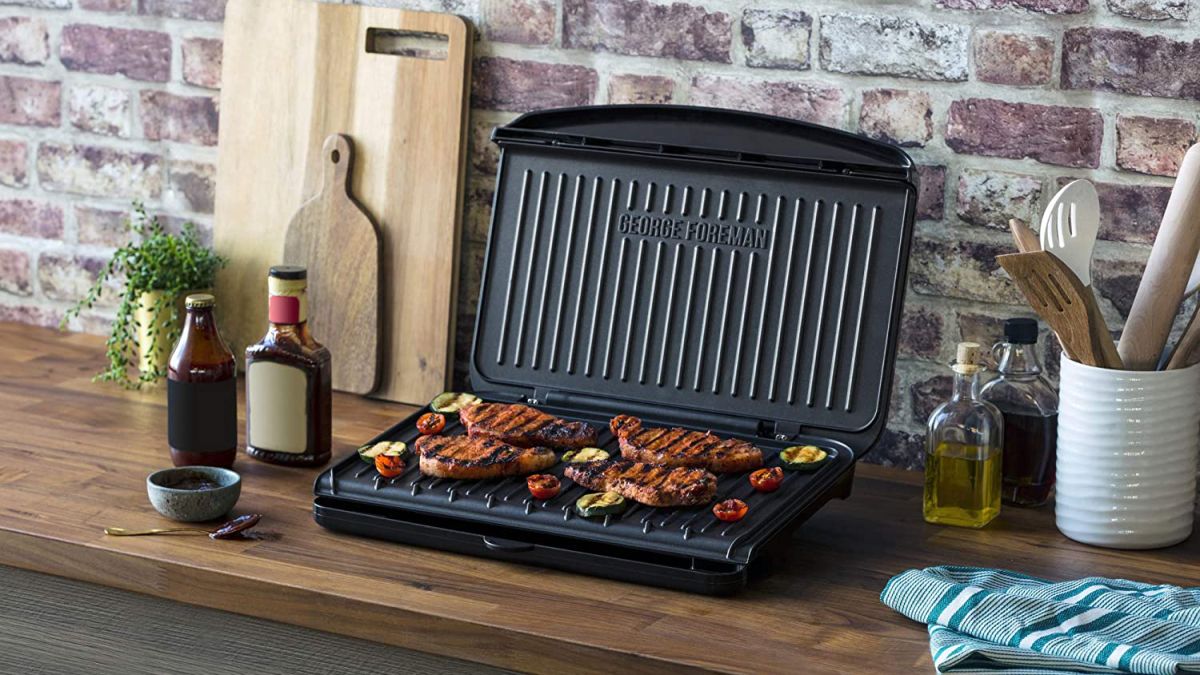
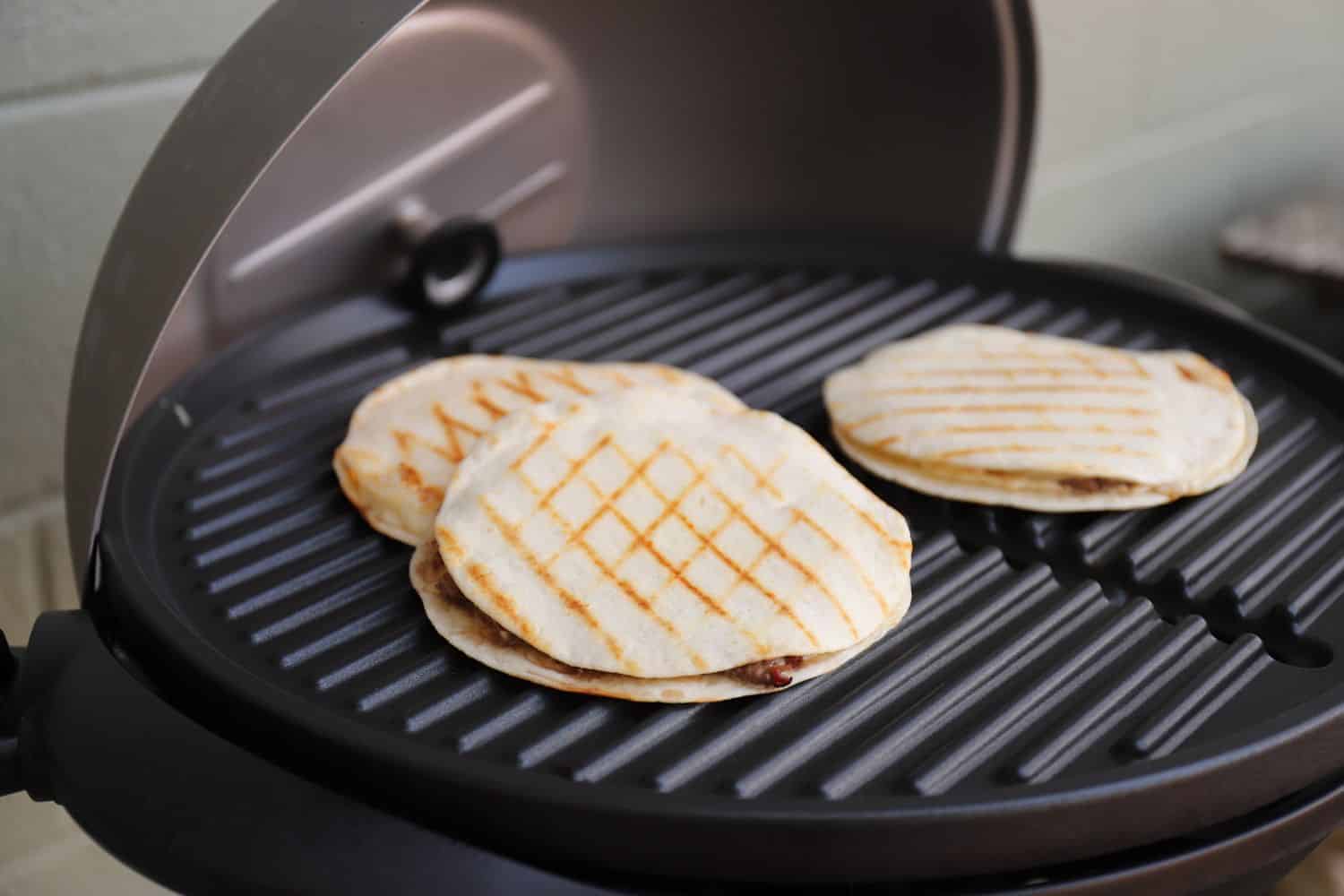
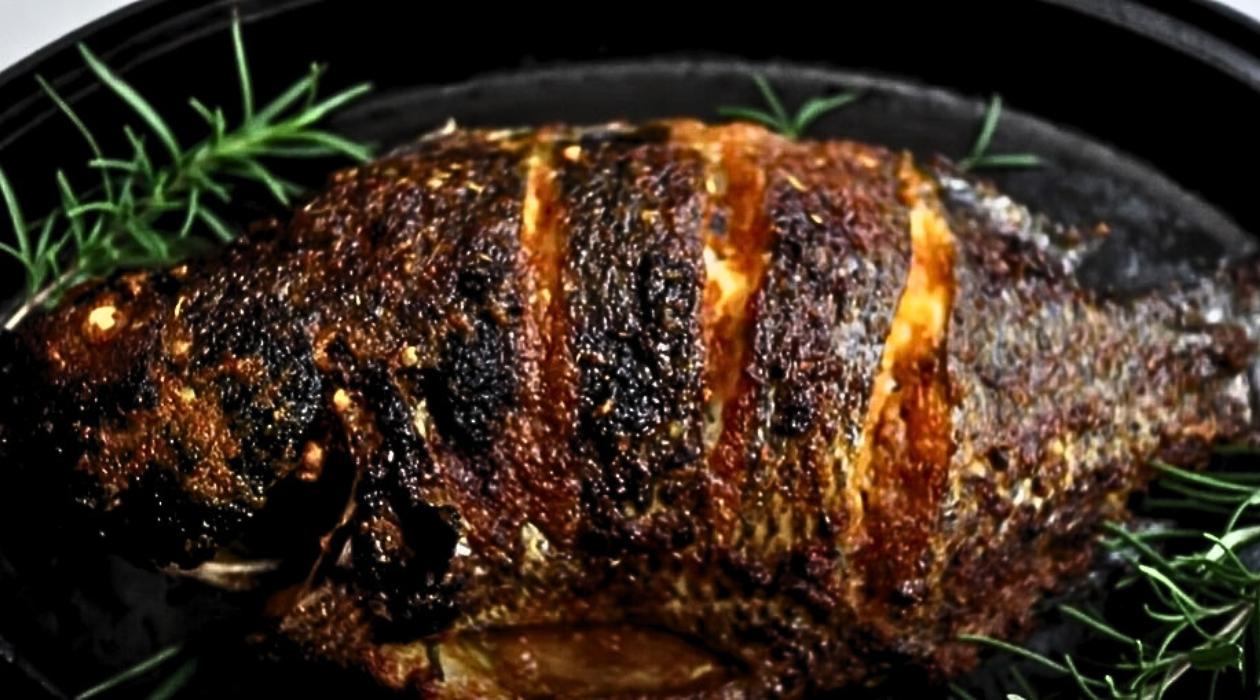
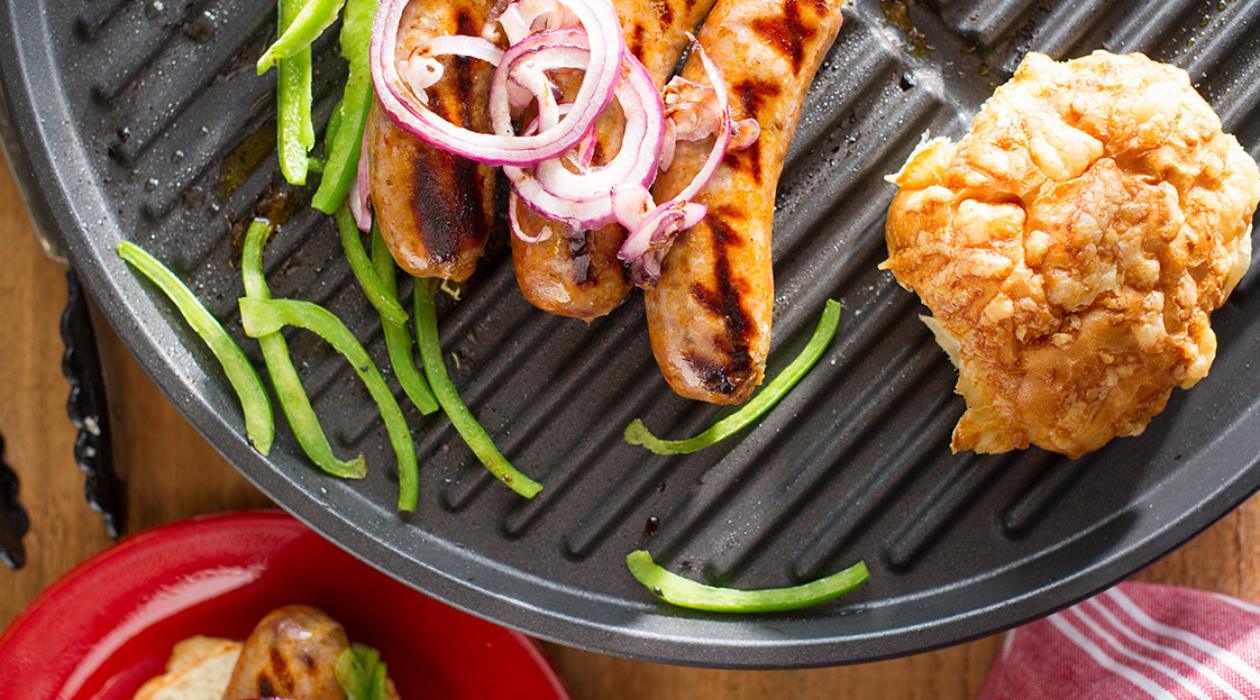
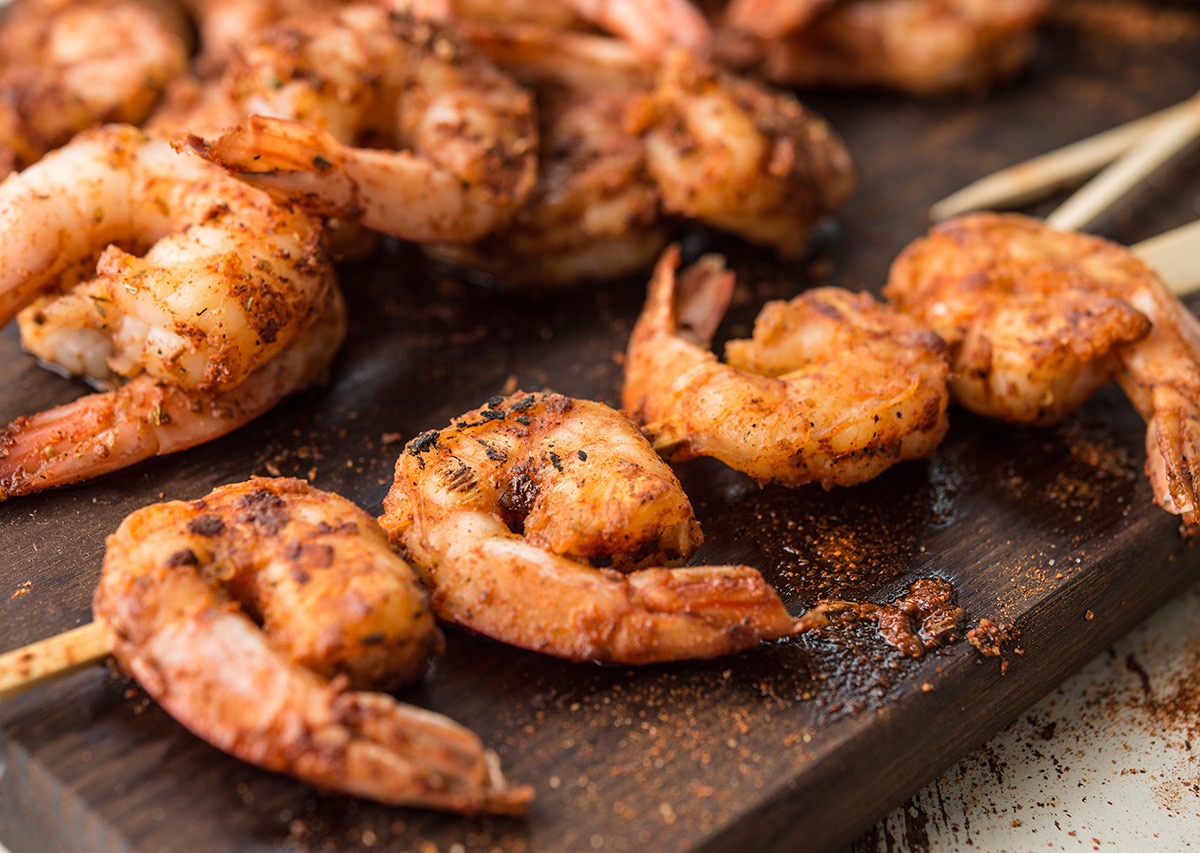
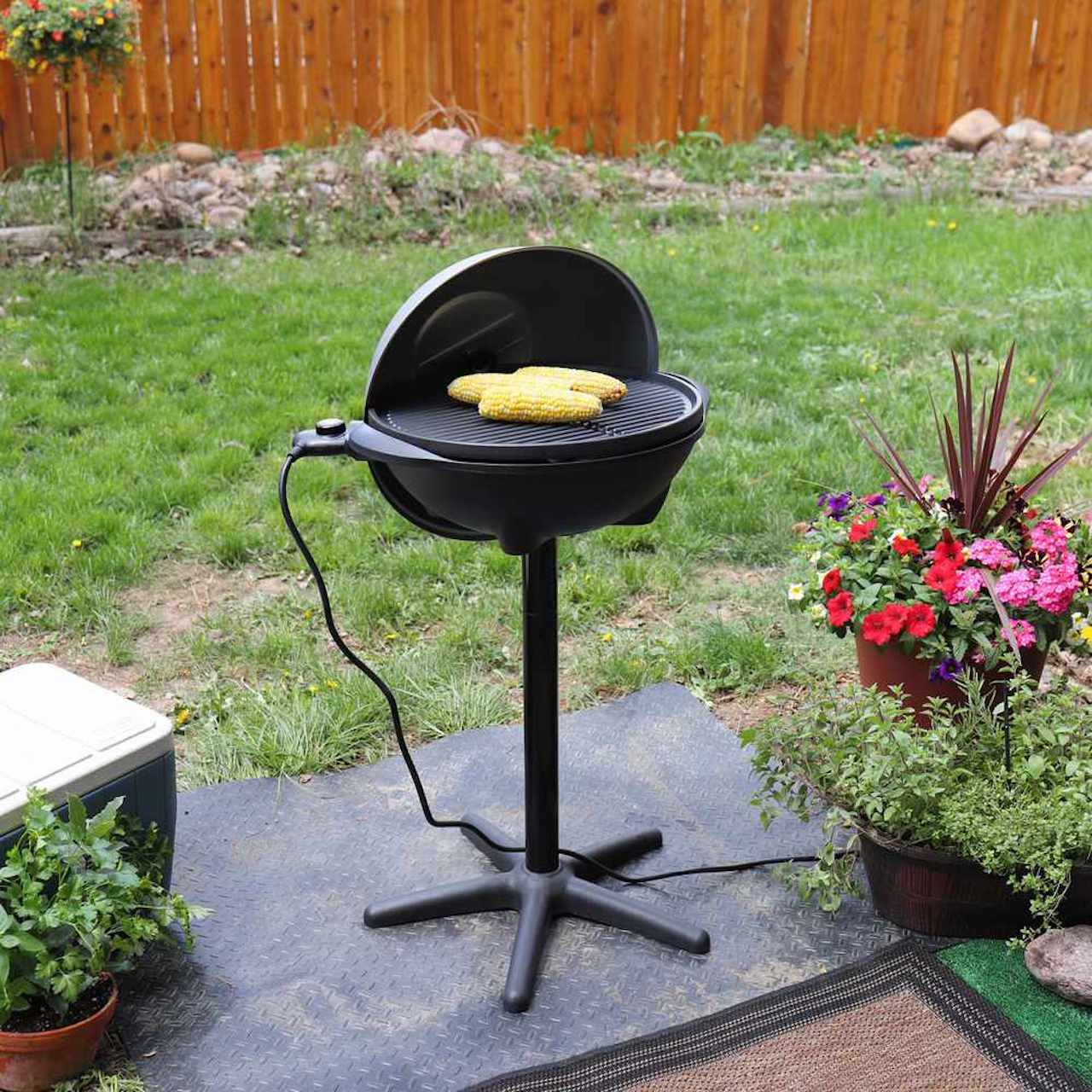
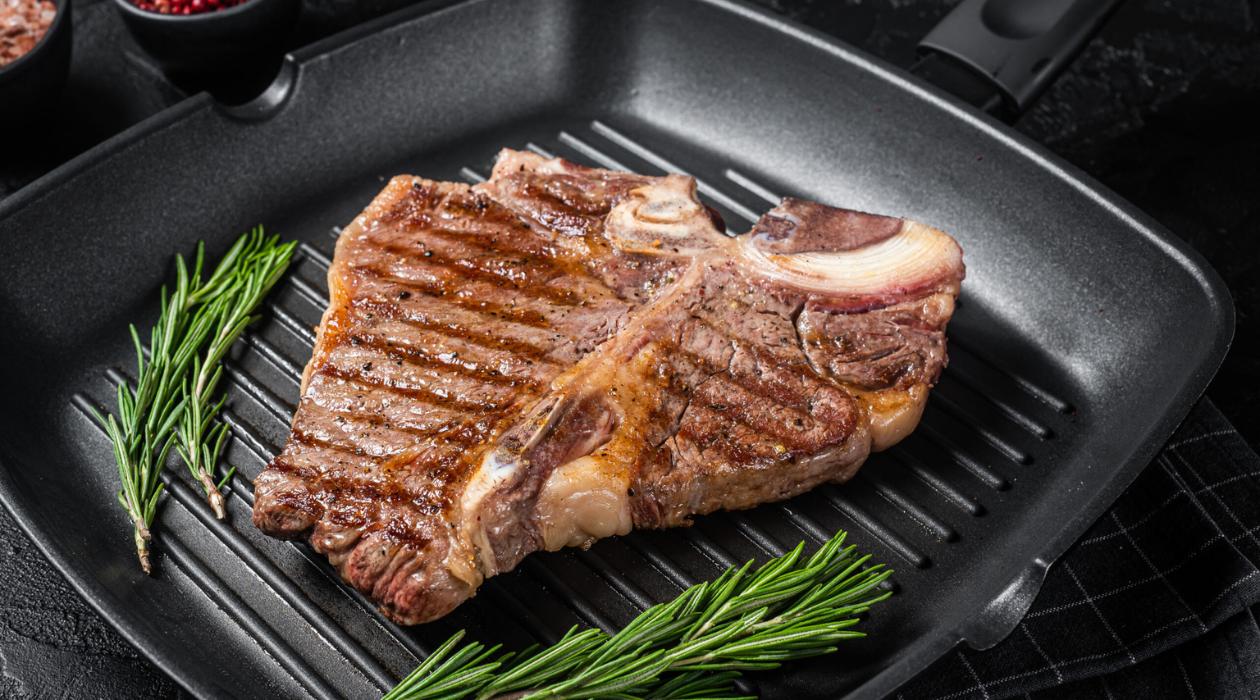
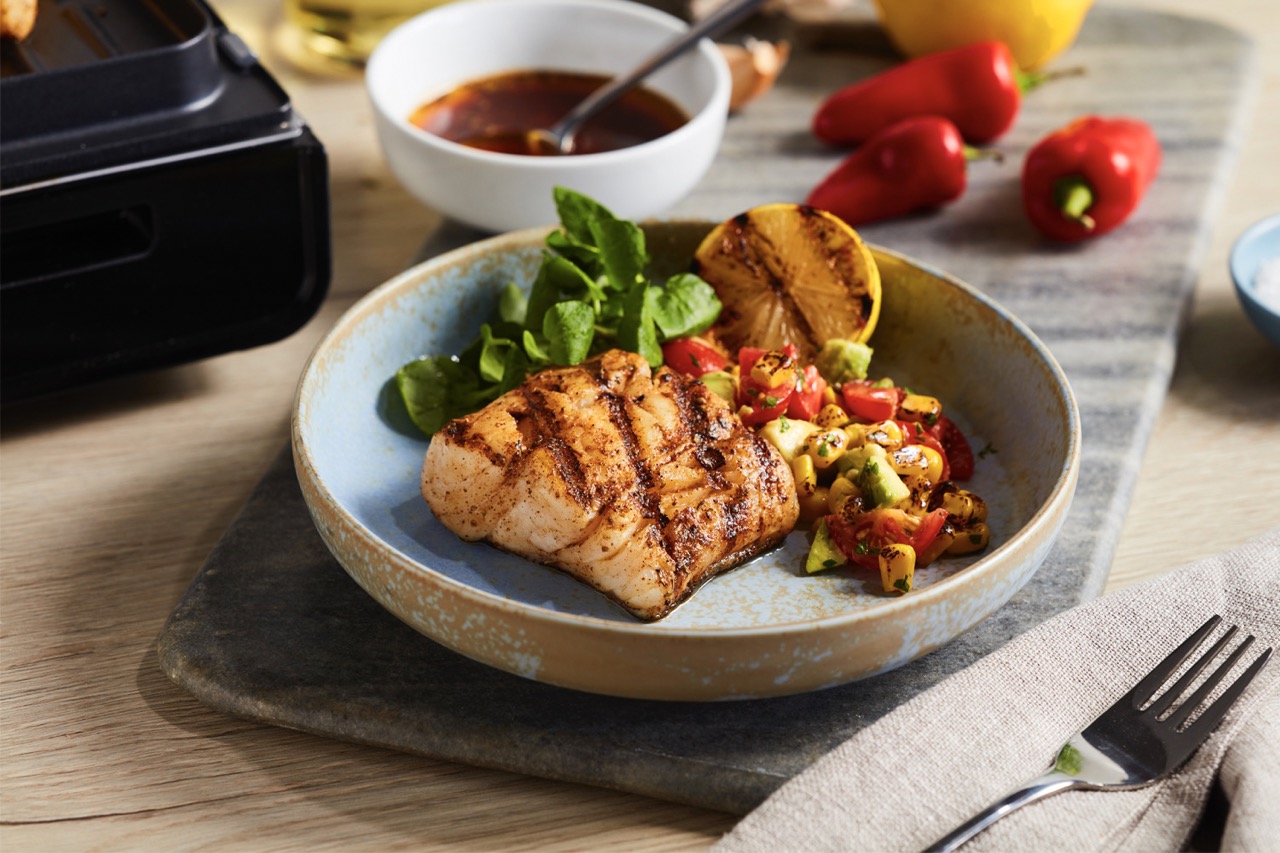
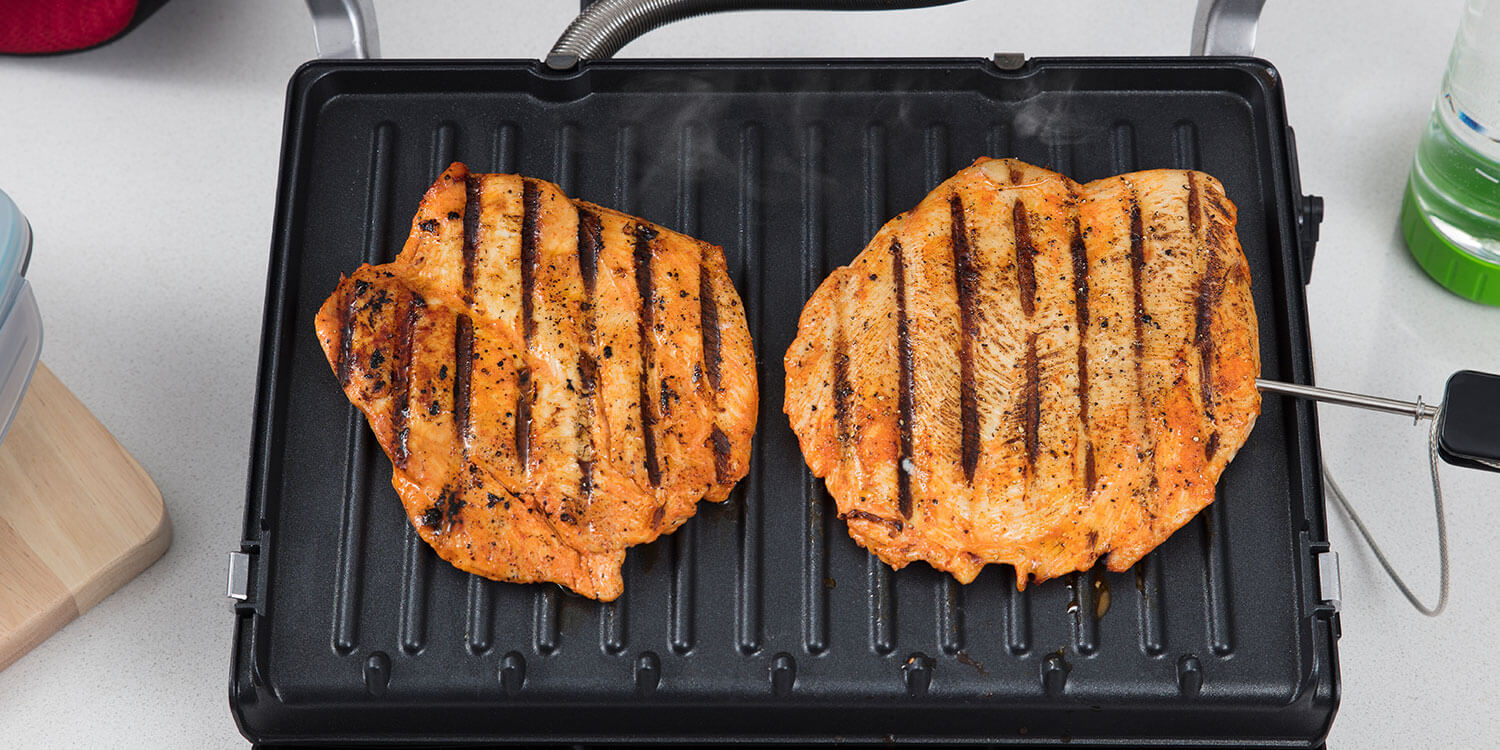
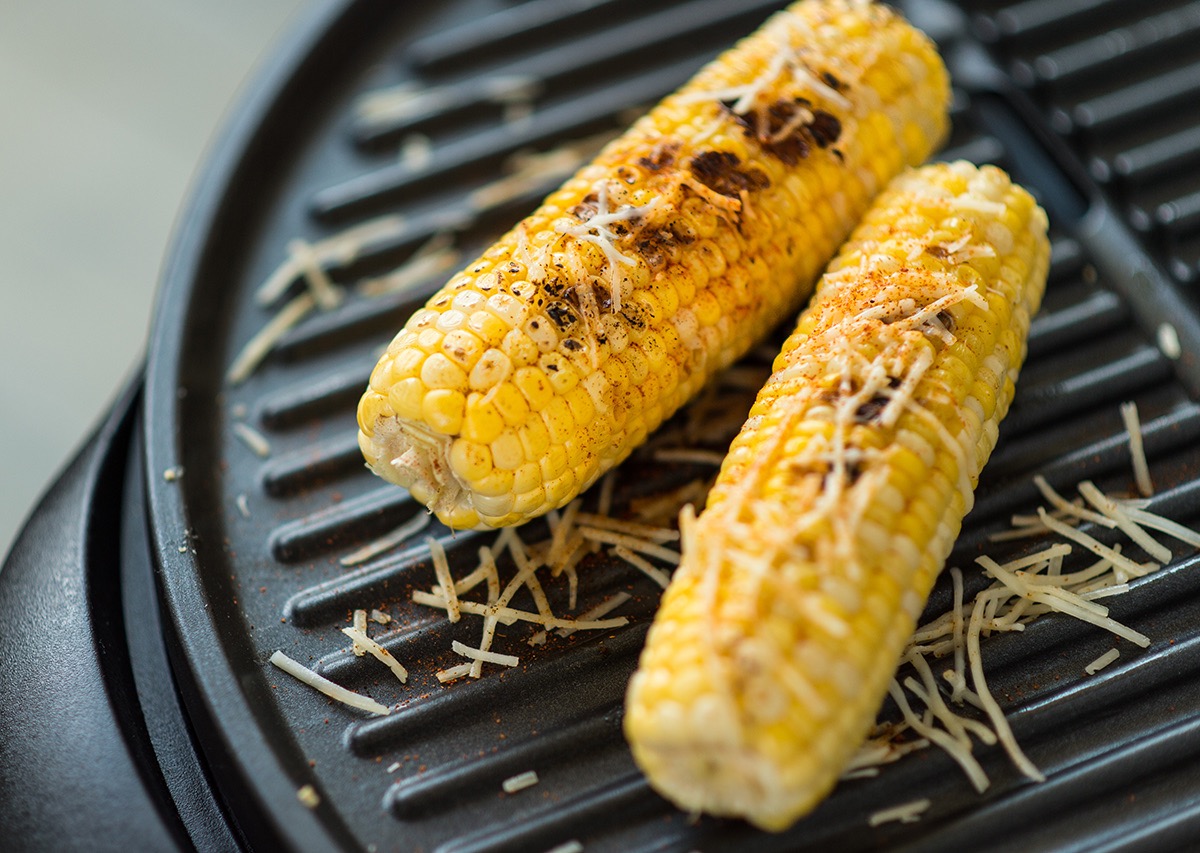
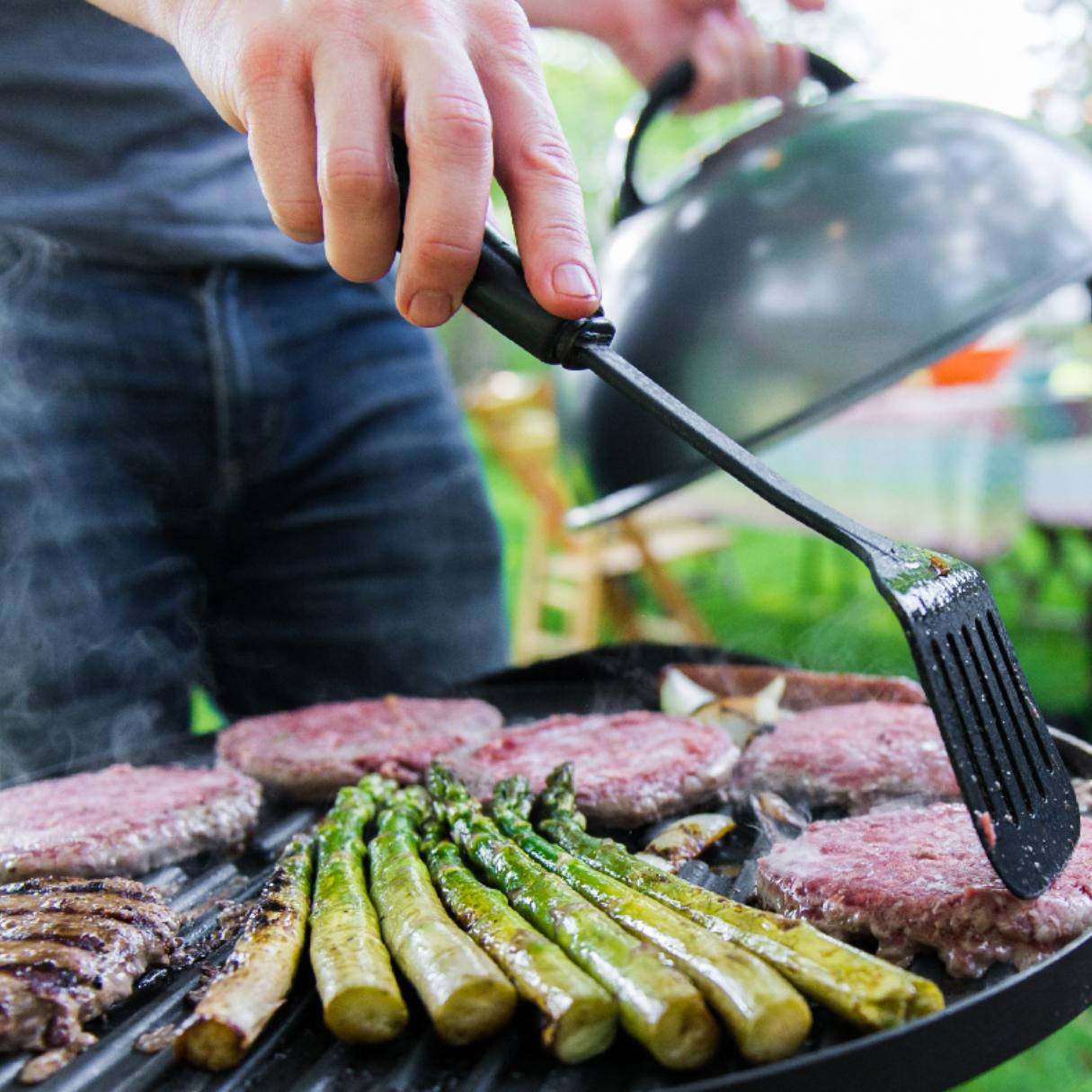
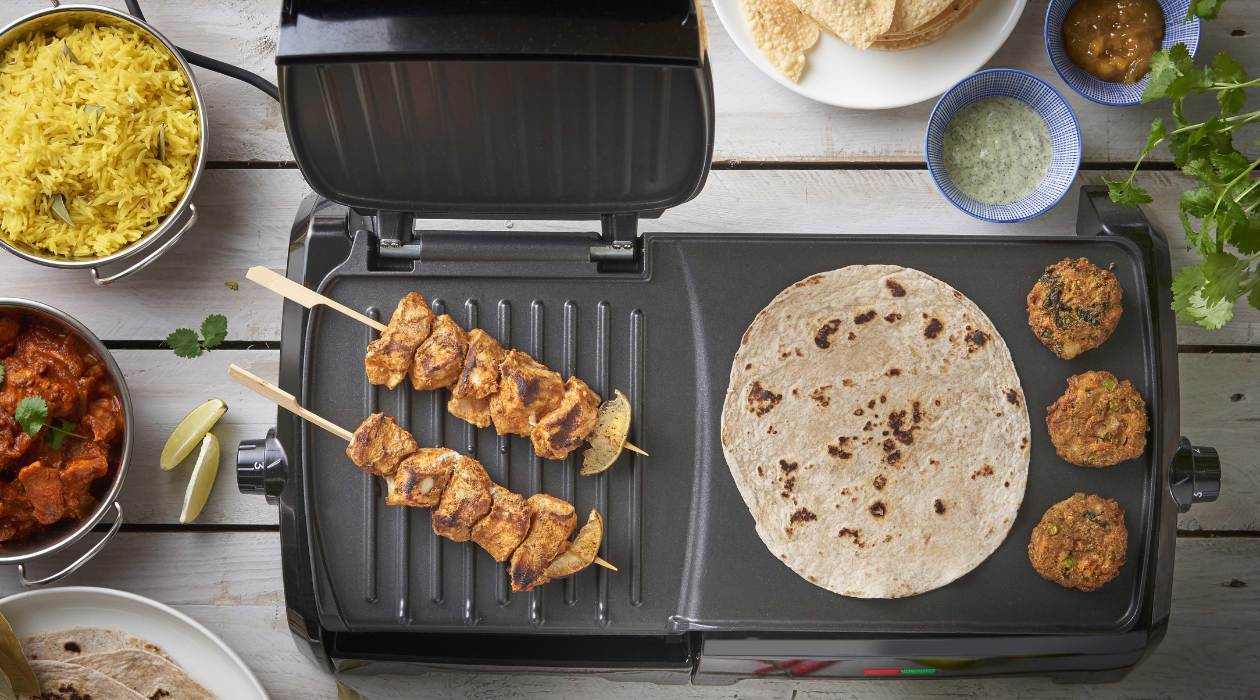
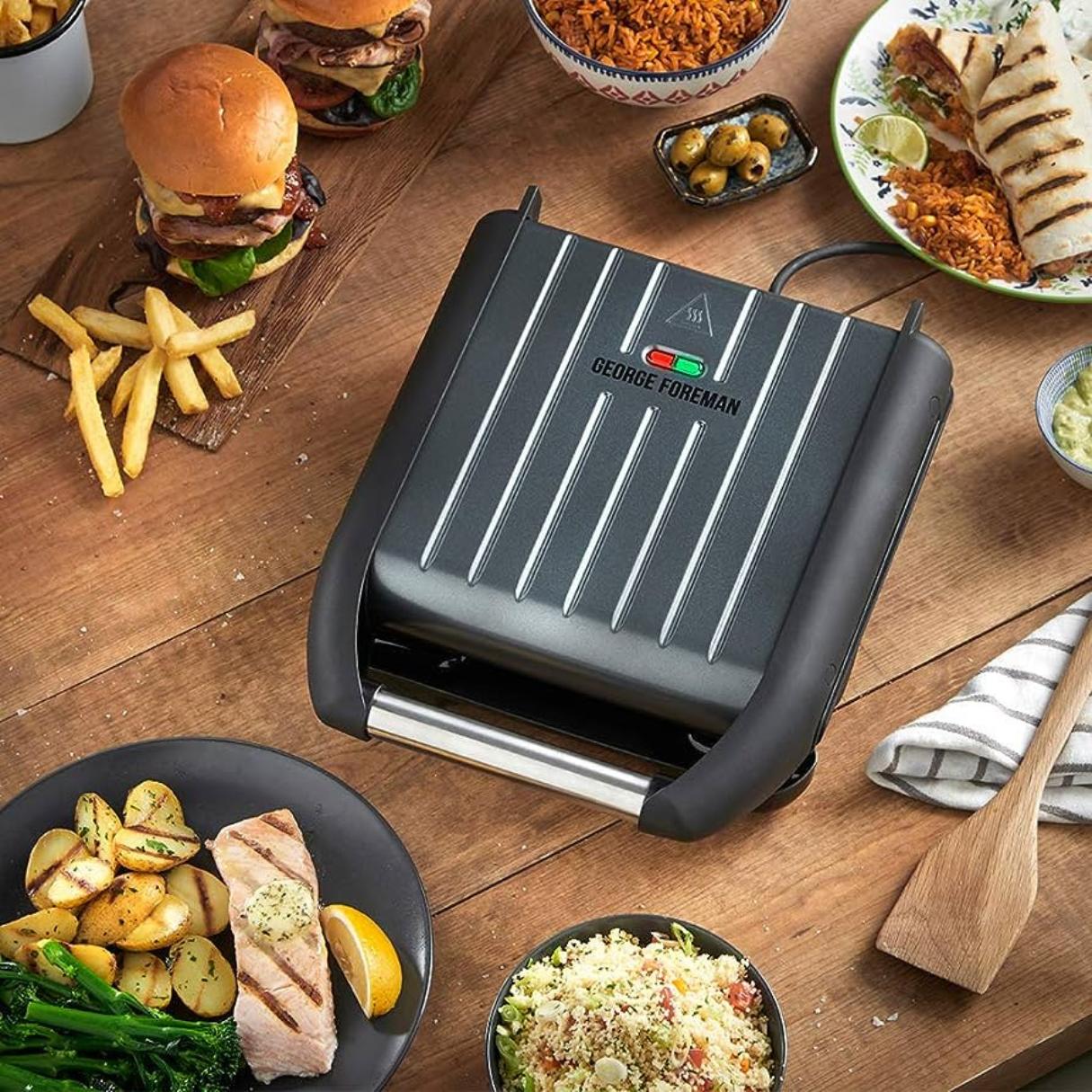
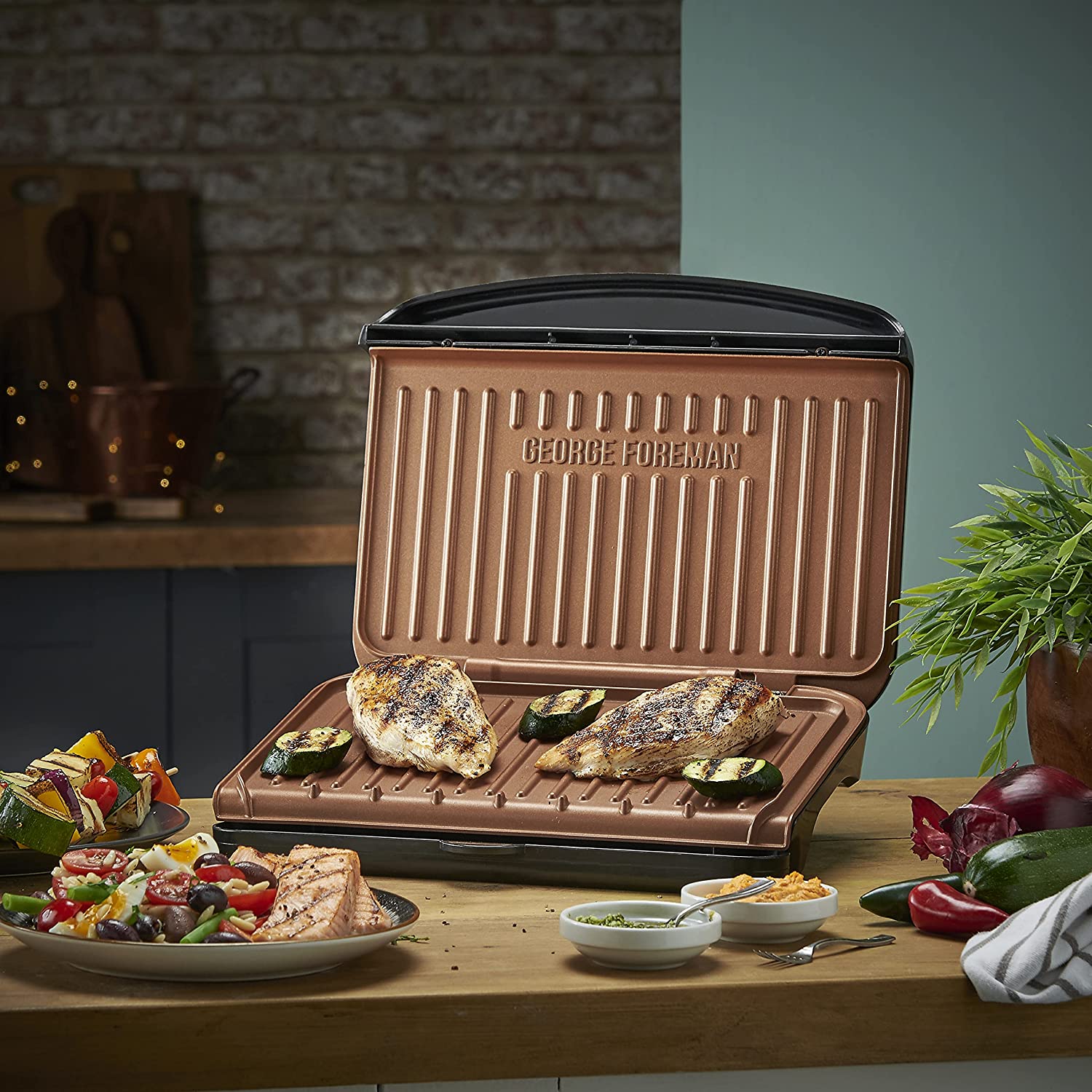

0 thoughts on “How To Cook On A George Foreman Grill”